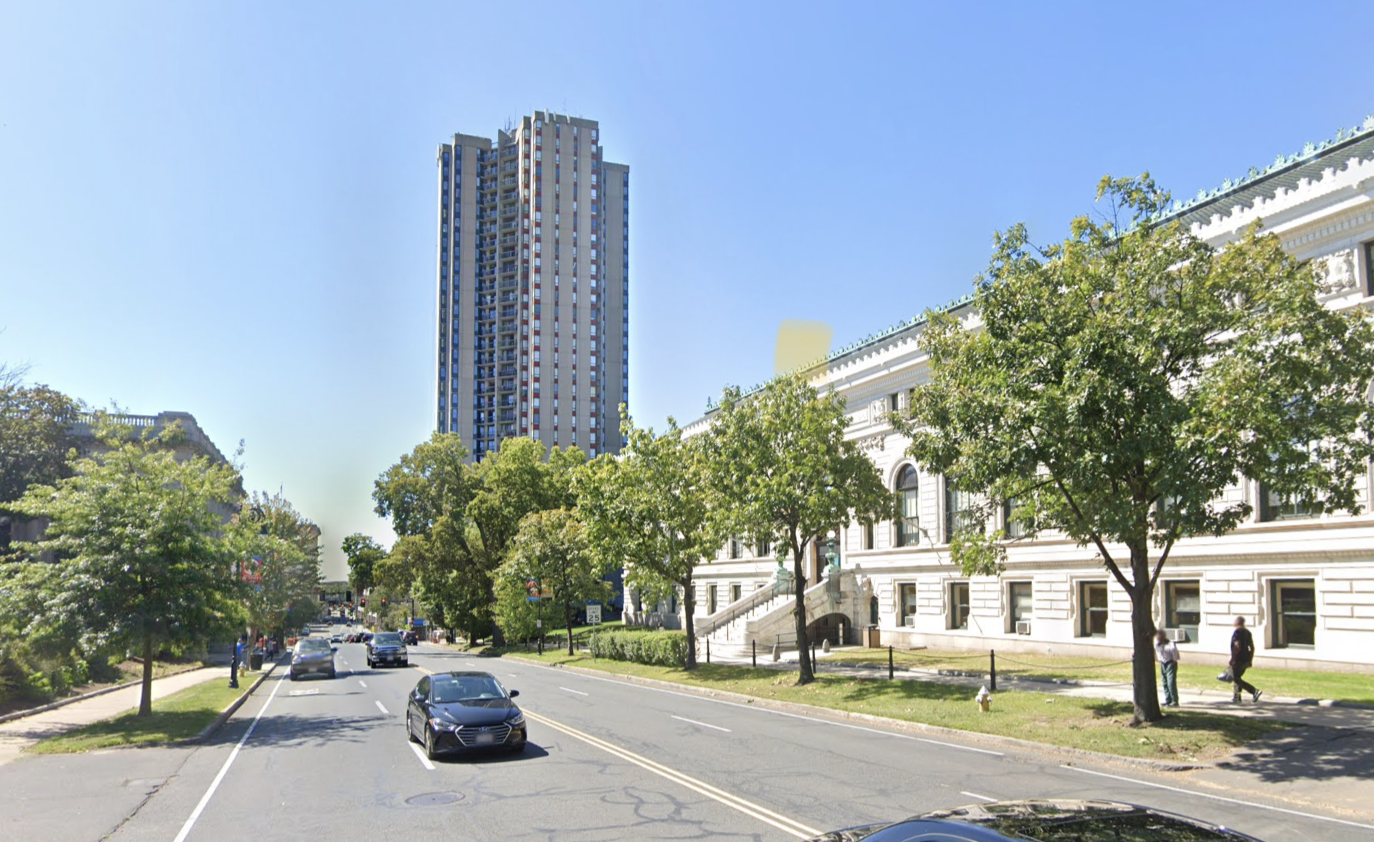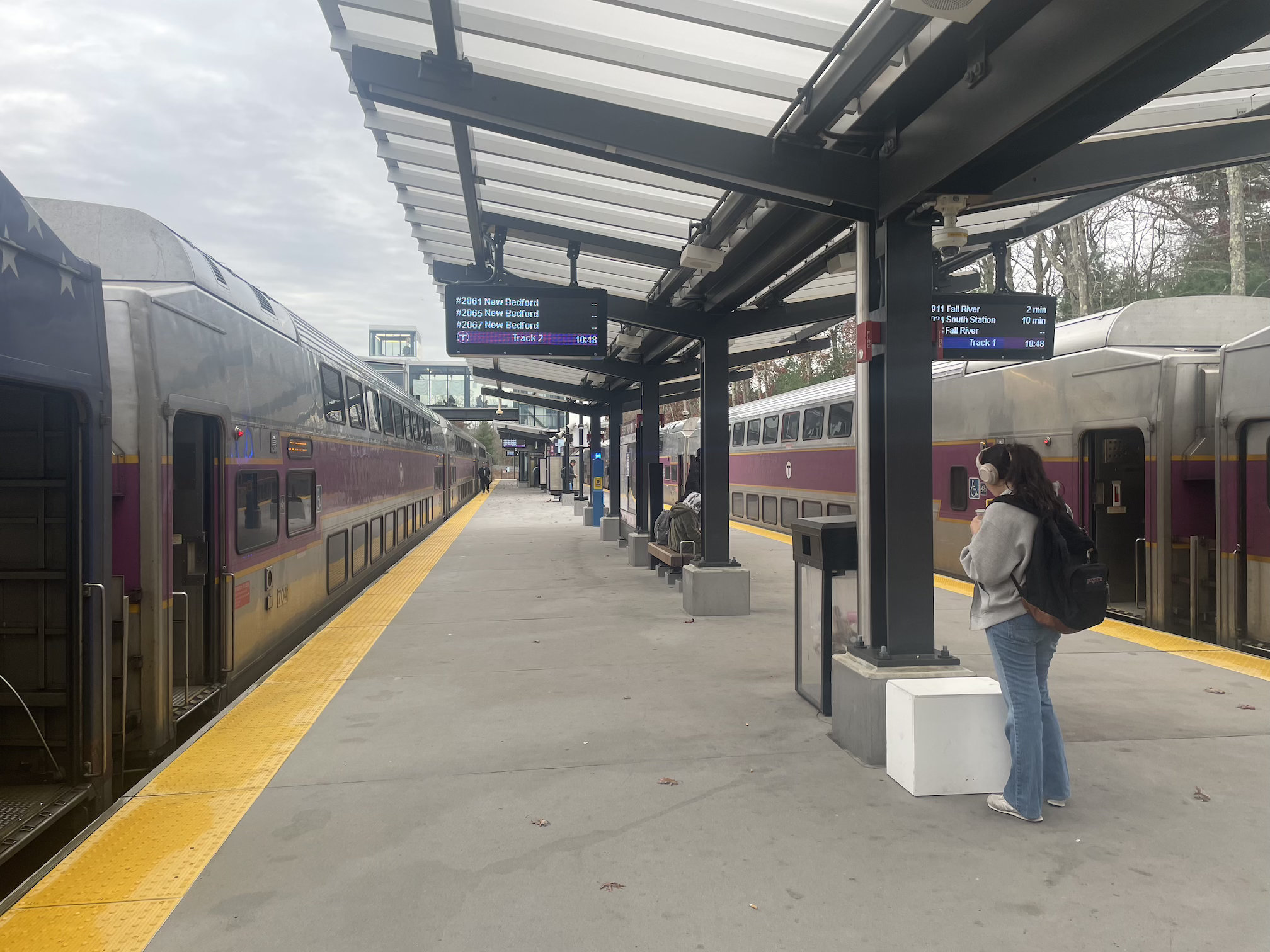On Wednesday evening, a driver struck and killed Gayle Ball, a Springfield librarian, as she crossed State Street, one of the Commonwealth's deadliest roadways.
According to police reports, Ball was crossing the four-lane downtown roadway on her way to the library's employee parking lot around 6 p.m. when driver struck her. She was later transported to Baystate Medical Center, where she was pronounced dead.
It was the third death caused by a motor vehicle driver on State Street so far this year, and the second killing of a pedestrian this month: on November 4, another driver struck and killed Springfield Michael Diaz Vargas, 40, as he was crossing State Street on foot 3/4 of a mile away.
More people have died this year on Springfield's State Street, a 3-mile-long, four-lane city street with a putative 25 mph speed limit, than on Interstate 93 through Boston – a much busier 8-lane expressway.
Charles Marohn, a civil engineer and founder of the Strong Towns website, has written extensively about State Street and how its design threatens Springfield residents' lives – with particular attention paid to the location in front of the city's central library where Ball was killed this week.
Marohn first visited this site in December 2014, and noted its safety problems before delivering a lecture nearby. A few hours later, he learned that a driver had struck and killed Destiny Gonzalez, a 7 year-old, at the same location, when she, her mother, and her cousin were crossing the street on their way home from a visit to the library. The incident became a central example in Marohn's new book, Confessions of a Recovering Engineer.
In a 2017 open letter to city officials, Marohn warned that "without meaningful changes to the design of the street... It is inevitable that another person crossing the street from the library to the parking lot will be struck, perhaps even killed, by a passing automobile."
Since then, various elected officials have advocated for new crosswalks on State Street, but so far, Mayor Dominic Sarno and his Department of Public Works have refused to take any action to save constituents' lives. Another study is currently underway.
StreetsblogMASS has reached out to Mayor Sarno's office for comment, but has received no response so far.
In a phone conversation on Friday, Marohn told StreetsblogMASS that State Street's current design encourages reckless driving at the expense of residents' safety and the economic vitality of Springfield's downtown neighborhoods.
"They have imposed this highway design through the heart of a neighborhood where people are relatively poor and have low rates of car ownership, for the sole purpose of letting people who don’t live in the city drive fast. So the people in this neighborhood have been asked to bear this burden – to live near streets that threaten their lives, are not designed for their convenience, and are not attractive for investment," says Marohn. "And the City of Springfield suffers for it – the city has done a huge amount of damage and self-harm by pursuing this strategy."






